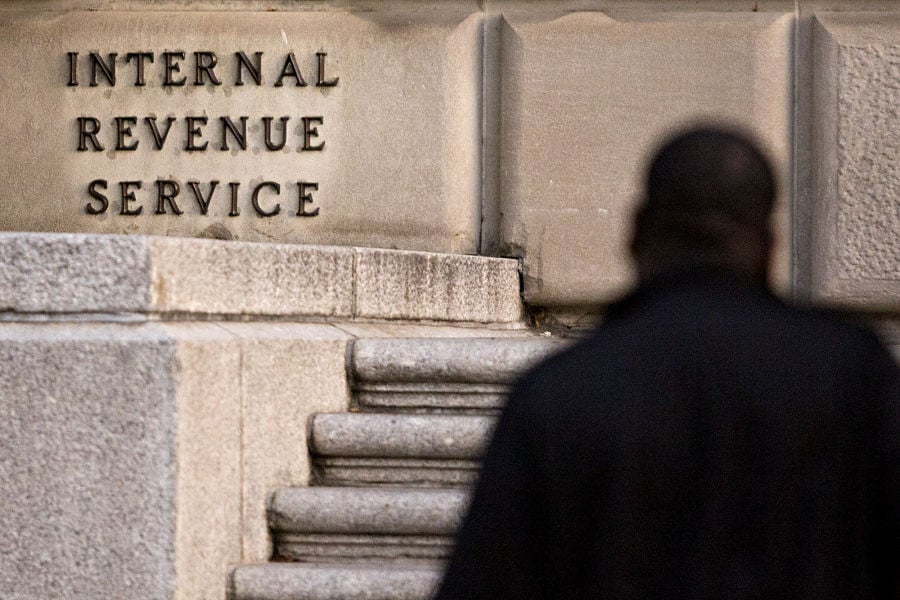

This is my third update on the confusion about the 10-year rule on required minimum distributions under the SECURE Act, and it won’t be the last.
Last Thursday, the IRS acknowledged that IRS Publication 590-B, which contains the tax rules for withdrawing funds from IRAs, is being revised, likely to fix the error I wrote about twice before here, in "IRS: SECURE Act’s 10-year RMD rule is not what you thought" on April 12 and "Weighing in on disputed language in IRS 10-year RMD rule" on April 28.
The confusion relates to how the 10-year rule works. The original publication, released by the IRS on March 25, included this example on Page 12:
“Example. Your father died in 2020. You are the designated beneficiary of your father's traditional IRA. You are 53 years old in 2021, which is the year following your father's death. You use Table I and see that your life expectancy in 2021 is 31.4. If the IRA was worth $100,000 at the end of 2020, your required minimum distribution for 2021 would be $3,185 ($100,000 ÷ 31.4).”
This was not correct because this example did not take the SECURE Act into account. The example may have simply been copied and pasted from the previous version of 590-B with only the dates updated.
Under the SECURE Act, for deaths in 2020 or later (as in this example), this beneficiary would be subject to the 10-year rule and would have no required distributions in years one through nine. The only required withdrawal would be at the end of the 10th year after death, when the entire inherited IRA balance must be emptied.
In other words, the beneficiary would be required to take a 100% RMD at the end of year 10. However, beneficiaries might want to take some withdrawals voluntarily over the 10 years to smooth out the tax bill and capitalize on the lower tax brackets each year.
Also on page 12 of the publication is a direct contradiction to this example showing that no table applies:
“No table. Don't use any of the tables if either the 5-year rule or the 10-year rule (discussed earlier) applies.”
This is the correct interpretation of the 10-year rule.
Now, the IRS has released an update, "Revisions to the 2020 Publication 590-B,” which states that the revised Publication 590-B will be available “soon” and will include this updated example:
“Your brother died in 2020 at age 74. You are the designated beneficiary of your brother's traditional IRA. You are 65 years old in 2021, which is the year following your brother's death. You use Table I and see that your life expectancy is 2021 is 21.0. If the IRA was worth $100,000 at the end of 2020, your required minimum distribution for 2021 would be $4,762 ($100,000 ÷ 21.0).”
However, this example illustrates when the 10-year rule does not apply. This example uses a beneficiary who is an eligible designated beneficiary, or EDB, because he is not more than 10 years younger than the deceased IRA owner. As an EDB, he still gets to use the stretch IRA, the same as before the SECURE Act.
The problem is that this updated example does not address the 10-year rule, nor does it state that there are no RMDs in years one through nine under the 10-year rule, because the 10-year rule does not apply in this situation!
Maybe by taking the incorrect example out, the IRS is telling us that there are no RMDs in years one through nine under the 10-year by negative implication? We don’t know yet, so this likely won’t be the end of the story until we see the updated Publication 590-B.
The IRS update also says: “The 2020 Publication 590-B is being revised to expand and clarify the paragraph on the 10-year rule and the section entitled Figuring the Beneficiary's Required Minimum Distribution.”
Maybe that means there will be more clarification, or hopefully confirmation that that the 10-year rule has no RMDs until the end of the 10th year after death.
We’ll see.
For more information on Ed Slott and Ed Slott’s 2-Day IRA Workshop, please visit www.IRAhelp.com.

Executives from LPL Financial, Cresset Partners hired for key roles.

Geopolitical tension has been managed well by the markets.

December cut is still a possiblity.

Canada, China among nations to react to president-elect's comments.

For several years, Leech allegedly favored some clients in trade allocations, at the cost of others, amounting to $600 million, according to the Department of Justice.
Streamline your outreach with Aidentified's AI-driven solutions
This season’s market volatility: Positioning for rate relief, income growth and the AI rebound
